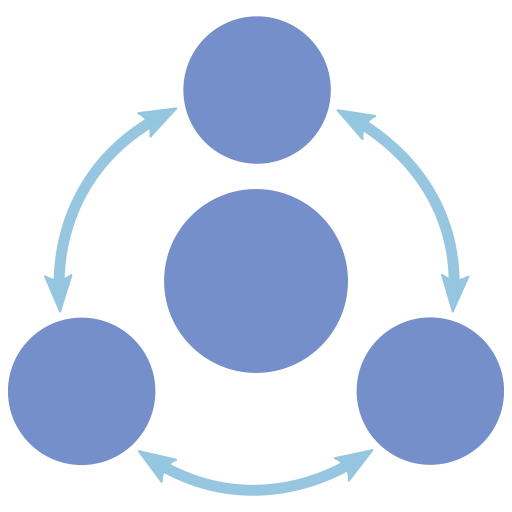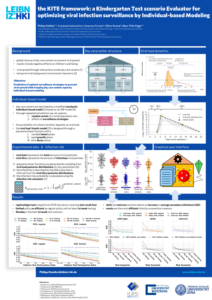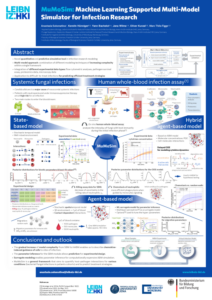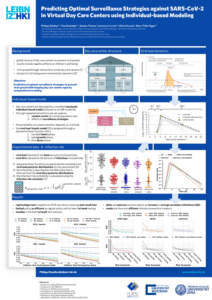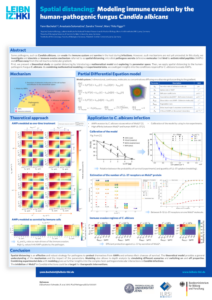In this study we investigate receptor–ligand binding in the context of antibody–antigen binding. We established a quantitative mapping between macroscopic binding rates of a deterministic differential equation model and their microscopic equivalents as obtained from simulating the spatiotemporal binding kinetics by a stochastic agent-based model. Furthermore, various properties of B cell-derived receptors like their dimensionality of motion, morphology, and binding valency are considered and their impact on receptor–ligand binding kinetics is investigated. The different morphologies of B cell-derived receptors include simple sperical representations as well as more realistic Y-shaped morphologies. These receptors move in different dimensionalities, i.e. either as membrane-anchored receptors or as soluble antibodies. The mapping of the macroscopic and microscopic binding rates allowed us to quantitatively compare different agent-based model variants for the different types of B cell-derived receptors. Our results indicate that the dimensionality of motion governs the binding kinetics and that this predominant impact is quantitatively compensated by the bivalency of these receptors.
Model for antigen binding by B cell-derived receptors
Publications
Image-based quantification of Candida albicans filamentation and hyphal length using the open-source visual programming language JIPipe
Jan-Philipp Praetorius*, Sophia U. J. Hitzler*, Mark S. Gresnigt#, Marc Thilo Figge#
The formation of hyphae is one of the most crucial virulence traits the human pathogenic fungus Candida albicans possesses. The assessment of hyphal length in response to various stimuli, such as exposure to human serum, provides valuable insights into the adaptation strategies of C. albicans to the host environment. Despite the increasing high-throughput capacity live-cell imaging and data generation, […]
Convergent evolution of a fungal effector enabling phagosome membrane penetration
View ORCID ProfileLei-Jie Jia, Freddy Alexander Bernal, View ORCID ProfileJeany Soehnlein, Johannes Sonnberger, View ORCID ProfileIsabel Heineking, Muhammad Rafiq, View ORCID ProfileZoltan Cseresnyes, Franziska Kage, Franziska Schmidt, View ORCID ProfileRasha Zaher, Peter Hortschansky, Shivam Chaudhary, Xuemin Gong, View ORCID ProfileJan Schirawski, View ORCID ProfileMarc Thilo Figge, View ORCID ProfileBernhard Hube, View ORCID ProfileAxel A. Brakhage
The ability of pathogens to evade phagosomal killing is critical for their pathogenicity. Previously, we had identified the HscA effector protein in the clinically important fungal pathogen Aspergillus fumigatus, which redirects conidia-containing phagosomes from the degradative to the non-degradative pathway. Here, we discovered a pathogenic form of this surface protein, determined by a single tyrosine residue […]
Deciphering respiratory viral infections by harnessing organ-on-chip technology to explore the gut–lung axis
Hristina Koceva, Mona Amiratashani, Parastoo Akbarimoghaddam, Bianca Hoffmann, Gaukhar Zhurgenbayeva, Mark S. Gresnigt, Vanessa Rossetto Marcelino, Christian Eggeling, Marc Thilo Figge, Maria-João Amorim and Alexander S. Mosig
The lung microbiome has recently gained attention for potentially affecting respiratory viral infections, including influenza A virus, respiratory syncytial virus (RSV) and SARS-CoV-2. We will discuss the complexities of the lung microenvironment in the context of viral infections and the use of organ-on-chip (OoC) models in replicating the respiratory tract milieu to aid in understanding […]
